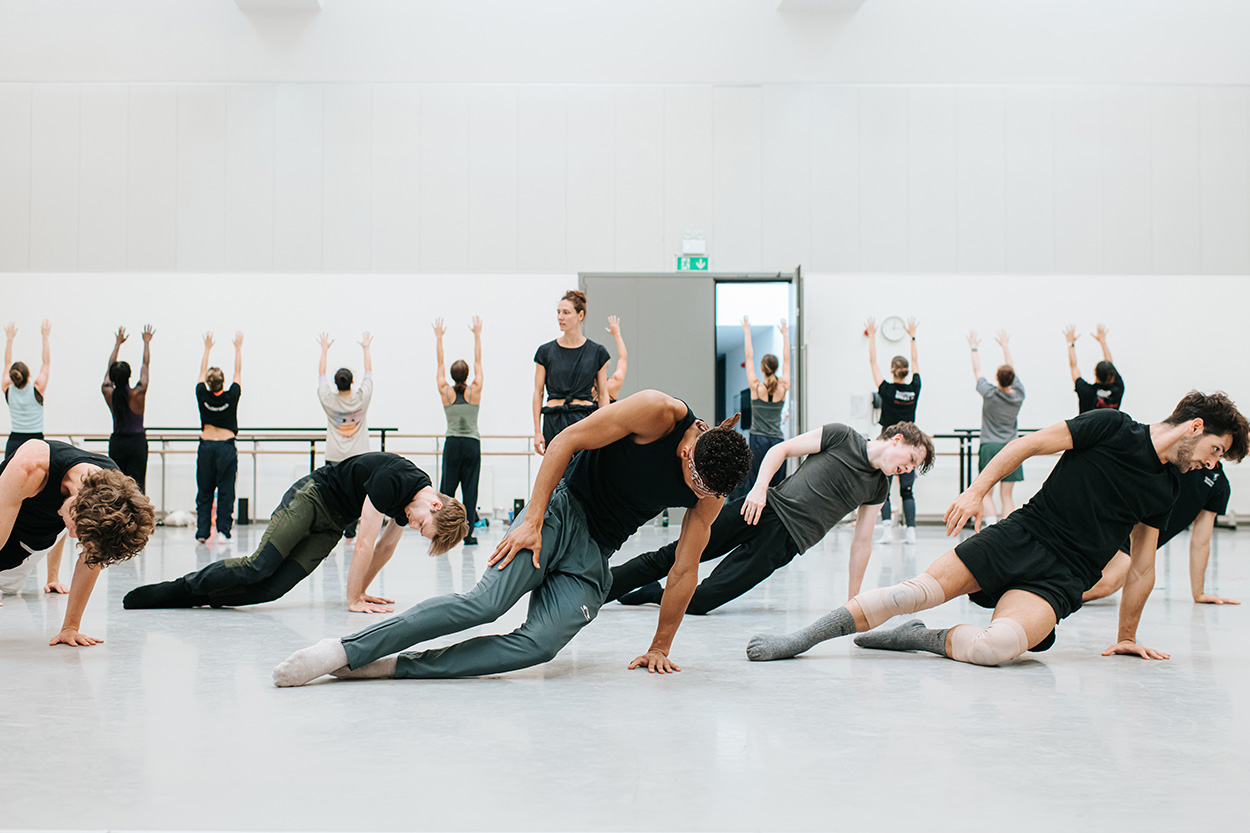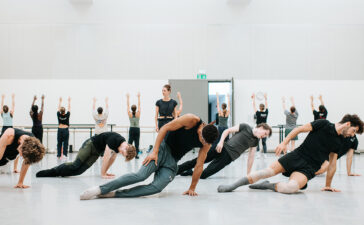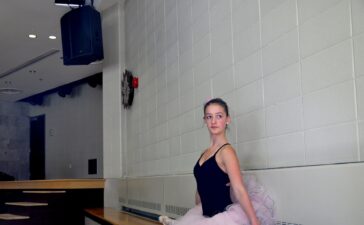by Martin Frennette
It’s a question most performers in the arts hear more than once in their career. The truth is: dancing isn’t a job in the conventional sense. Being a dancer is not merely a profession; it’s a way of life. To choose dance as a full-time commitment is to embrace a vocation that demands the whole person — body, mind and spirit.
Of course, a dancer’s week may include calls, meetings, budgets and schedules. But dancing is far more than a calendar of rehearsals and performances. It is a daily act of responsibility — for one’s body, for staying informed about the industry’s currents and expectations, and for nurturing both physical strength and creative energy.
A dancer must feed the body as much as the imagination, keeping muscles tuned and the mind open. The art lies in finding the balance between pushing oneself and respecting one’s limits. Discipline is synonymous with dance: constant training, repetition, and returning to the barre are essential. Yet knowing when to rest is just as crucial to progress.
There are no spreadsheets on studio mirrors, no Google search bars in rehearsal rooms. Still, any dancer not employed full-time by a company spends as many hours seeking work, researching new opportunities and reading about the field as they do dancing. The job hunt, however draining, is an integral part of a dancer’s existence — part of the rhythm of a life built around art.
For most, this means choosing a nomadic existence, rarely knowing when the next show — or the next paycheque — will arrive. Long-term contracts and open-ended productions provide stability, regular performances and steady income. They allow artists to invest in personal growth — further education, perhaps, or even property. Both artistic and practical ambitions can be met. With financial pressure eased, focus can return to the work itself.
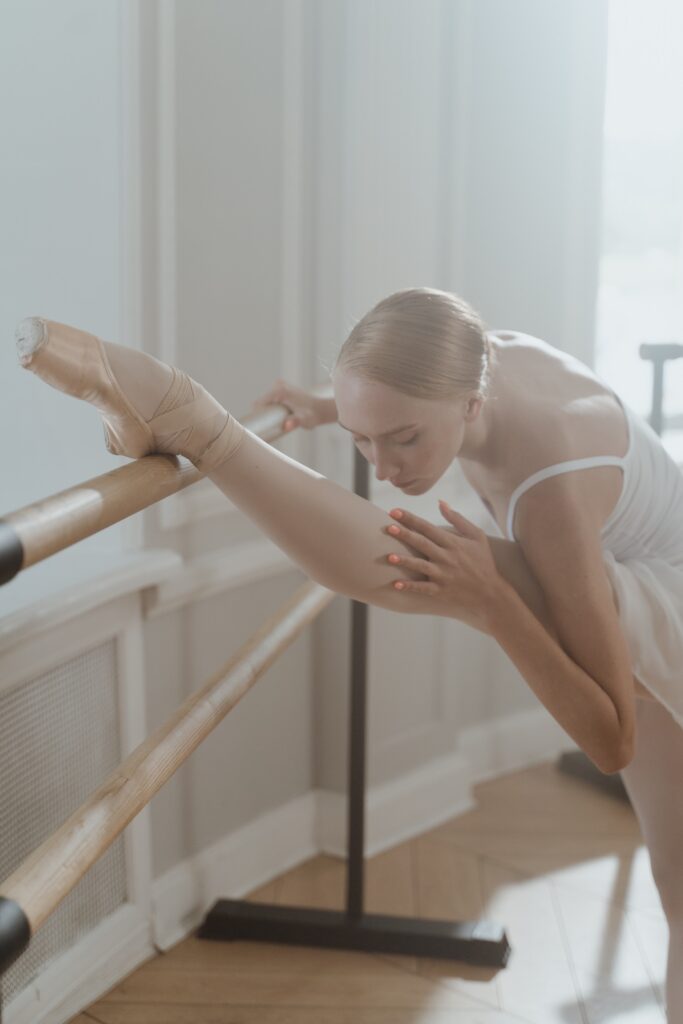
There are no better contracts, only those that suit you best. Some dancers crave stability, loathe living out of a suitcase and relish repetition. Others cannot bear to perform the same choreography for more than a few nights. Defining your own standards of comfort and sources of happiness early on helps navigate this career with greater confidence and clarity.
Talent and success are not measured by the number of performances a year. Dancers who choose a less demanding schedule are no less gifted than those constantly on stage. Each artist must determine how much dance they need to feel fulfilled — to feel, not merely to appear, content. For some, creation outweighs performance; others prefer to spend Christmas with family rather than with hundreds of cheering strangers. Both choices are valid. Deciding what comes first, and how much time to give to each, is a deeply personal matter — one that requires no approval from directors or producers.
A full-time dancer often wears many hats: teaching, choreographing, casting, writing, translating grant proposals. Such work sustains both income and connection to the artform without requiring a nightly curtain call. These pursuits also fill the quieter months and ease financial strain.
The dancer’s real balancing act, then, is not always on pointe shoes or a partner’s shoulders, but between personal and professional needs. Fulfilment as an artist and as a human being are not mutually exclusive, though they may at times seem incompatible. Training and performance should bring joy — of differing kinds, perhaps, but joy nonetheless. When dance begins to feel like deprivation rather than pleasure, it may be time to reassess the balance. Some are content with one biscuit; others need the whole tin.
Contracts and performances do not always arrive as hoped. Understanding which aspects of dance bring the deepest satisfaction helps sustain happiness beyond the stage. Creativity, connection and expression can flourish in many forms — teaching, collaborating, writing, or simply living attentively. Cultivating offstage contentment ensures that the quiet periods feel less empty, and that the joy of performing is renewed rather than strained.
A steady income is rare. Those who crave financial predictability or equate success with salary might be happier elsewhere. Yet the “poor artist” cliché hardly applies to most dancers today. Many make ends meet — even prosper — by knowing when to spend, when to save, and when enough is enough. Short-term contracts can cover expenses; a mosaic of small engagements often offers surprising stability.
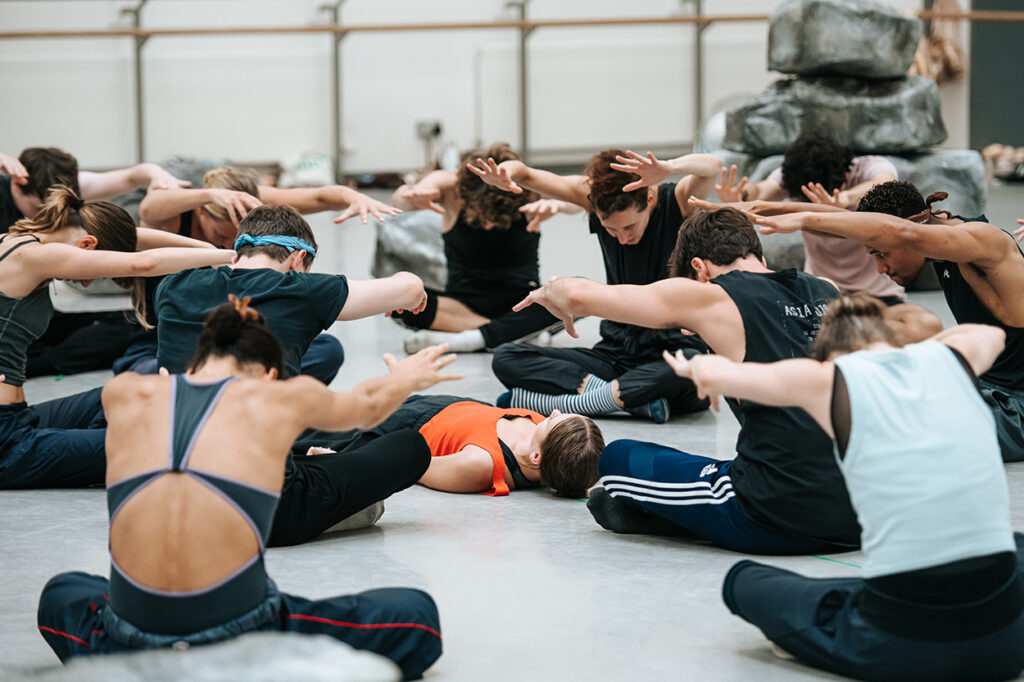
No dance diploma carries the prestige of an Ivy League degree, but the knowledge gained and the resilience built through experience make dancers exceptionally qualified for countless paths — heart surgery, perhaps, being the only exception.
People, place, project, pay: the four Ps seldom align perfectly. A contract offering two is already worth considering. The perfect production, cast, venue and salary simply do not exist. Flexibility and openness to the unexpected are vital — and can be practised without compromising integrity.
The profession’s nomadic nature offers its own reward: the world. Dancers experience new cities, cultures and stages, learning what “home” means at each turn. Like performances, these homes need not last forever. A house is a structure; home is a feeling. As people and artists evolve, so do their creative and personal needs. A city once loved may later feel foreign — and that is part of the growth.
In the end, only one person can judge whether a career has been fulfilling: the dancer themselves. The moment one takes that final bow, what matters most is knowing — deeply, quietly — that everything possible has been done, and done with heart.

